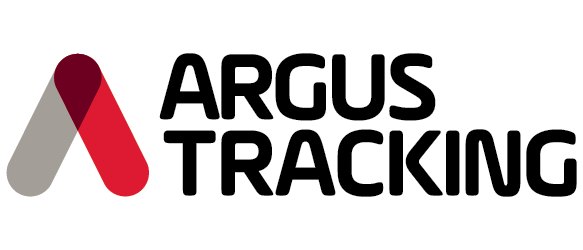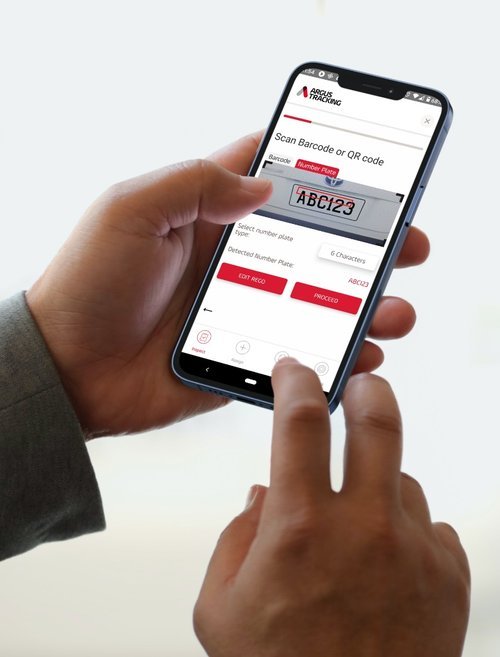In today’s fleet management world, it’s crucial to keep up with the latest software and technology to optimise operations, enhance efficiency, and maximise profitability. With the rapid advancements in GPS tracking and fleet management technology, fleet managers throughout New Zealand are witnessing a wave of trends and innovations that are revolutionising the industry. Discover below the top 9 advancements that are shaping the future of fleet management and empowering fleet managers to make data-driven decisions, enhance driver safety, and embrace sustainable fleet operations.
1. Integration of Artificial Intelligence (AI)
It’s 2023, and by now most of us know of (and have grown accustomed to) AI technology - but how does it improve fleet management? AI-powered tracking and fleet management systems leverage their powerful algorithms to process large amounts of data to generate valuable insights. These insights enable fleet managers to optimise driver routes, predict maintenance needs, and enhance fuel efficiency. By harnessing the power of AI, fleet managers can make data-driven decisions that optimise operations and reduce costs.
Pros: AI can enhance efficiency and help reduce fleet operational costs by providing more accurate insights and predictions (based on historical tracking data).
Cons: This is an extremely new concept that’s not easily found in the New Zealand market (July 2023). This means that it may involve expensive infrastructure upgrades and extensive staff training before it’s integrated into fleet operations. Data reliability and security are also concerns.
2. Internet of Things (IoT) Devices
IoT devices such as iButtons and Asset Trackers are also transforming the fleet management landscape. These additional devices can seamlessly integrate into fleet management systems to provide real-time data on vehicle performance, fuel consumption, and driver behaviour. The connection of these devices gives fleet managers the visibility needed to effectively manage and maintain their fleets.
Pros: These devices can provide real-time data and comprehensive visibility on factors such as fuel efficiency and driver or fleet behaviour.
Cons: IoT devices are (usually) add-ons, therefore an additional investment is required to purchase the units. There can also be integration complexities (e.g. platform capability and data standardisation), so it’s crucial to carefully plan before implementing IoT devices.
3. Enhanced Driver Safety Features
Tracking & fleet management systems are now incorporating advanced driver safety features in pursuit of safer roads. Depending on the provider, fleet managers in NZ can leverage real-time driver behaviour data and fatigue reporting tools to view their most at-risk drivers and promote a safe driving culture within their organisation.
Pros: Driver safety features in fleet management can improve driver safety, enable compliance adherence, and maximise operational efficiency.
Cons: Fleet managers may experience some resistance from their drivers.
4. Cloud-based Solutions
The adoption of cloud computing is not a new development in tracking and fleet management software, however, it is still very much relevant. Cloud-based GPS tracking and fleet management solutions offer scalability, accessibility, and enhanced data security - fleet managers can access real-time data, manage vehicles remotely, and integrate their tracking systems with other business applications.
Pros: Offers scalability for growing fleets and can be accessed from anywhere with a reliable internet connection.
Cons: Reliant on internet connectivity.
5. Geofencing Technology
Geofencing is a fairly popular tracking and fleet management feature as it allows fleet managers to create virtual boundaries and receive instant notifications when assets enter or exit specified areas. It helps to optimise routes, improve security, and enhance fleet utilisation and efficiency.
Pros: Geofencing enhances fleet utilisation and efficiency and offers more accurate routing/service optimisation.
Cons: Relies on GPS tracking and fleet management hardware.
6. Telematics (GPS Tracking)
Telematics technology in fleet management systems combines GPS tracking with vehicle data to provide insight into vehicle health, fuel consumption, and maintenance requirements. This enables fleet managers to make informed decisions regarding maintenance schedules, reduce driver downtime, and optimise fleet performance.
Pros: Provides comprehensive vehicle insights, predictive maintenance, and data to optimise fuel usage.
Cons: Telematics technology can be complex to implement into existing fleet management systems. Fleet managers may also experience resistance from their drivers.
7. Mobile Apps
User-friendly mobile apps have become essential in modern fleet management as they provide fleet managers with real-time tracking and fleet performance information on the go. Available on smartphones or tablets, mobile apps offer fleet managers the flexibility to enhance operational efficiency from wherever may be. Pros: Provides fleet information, reporting, and data on smart devices.
Cons: Mobile apps are reliant on mobile networks and compatible smart devices.
8. Electric Vehicle (EV) Fleet Management
With the government’s plan to have zero emissions by 2050, EVs are quickly becoming a popular vehicle choice in NZ. This means that fleet management providers are adapting their solutions to cater to the unique requirements of electric fleets (e.g. route optimisation for charging and battery monitoring).
Pros: EV fleet management systems support a smooth transition to electric. It also contributes to a reduction in carbon emissions and a more sustainable transportation ecosystem.
Cons: There is limited charging infrastructure in NZ currently (July 2023), and fleet managers may experience some resistance from drivers.
9. Compliance & Regulatory Updates
One of the top priorities for fleet managers in NZ is staying compliant with local regulations and industry standards. Fleet management systems can make these processes simpler by integrating features such as Daily Fatigue Reporting, Check Sheets, and Smart Renew.
Pros: Simplifies compliance processes to help fleet managers meet requirements and help to mitigate the fleet’s overall Health & Safety risk.
Cons: Compliance and regulatory requirements can be complex and subject to frequent changes. Fleet managers may also experience some resistance from drivers.
As the world continues to evolve, GPS tracking and fleet management technology adapts, offering fleet managers exciting opportunities to optimise their operations and improve asset utilisation and efficiency. The top 9 trends and innovations discussed in this blog showcase the transformative power of technology in fleet management. By embracing these changes, businesses and organisations can create a more efficient and sustainable fleet management ecosystem.










